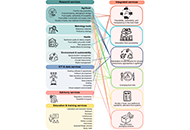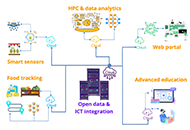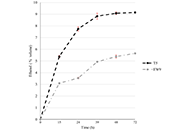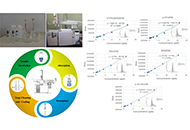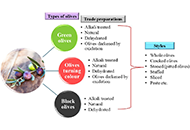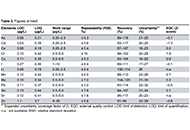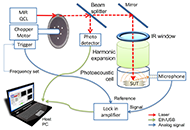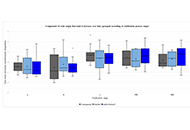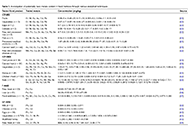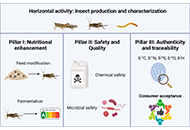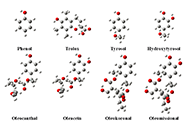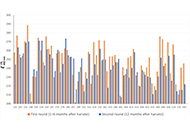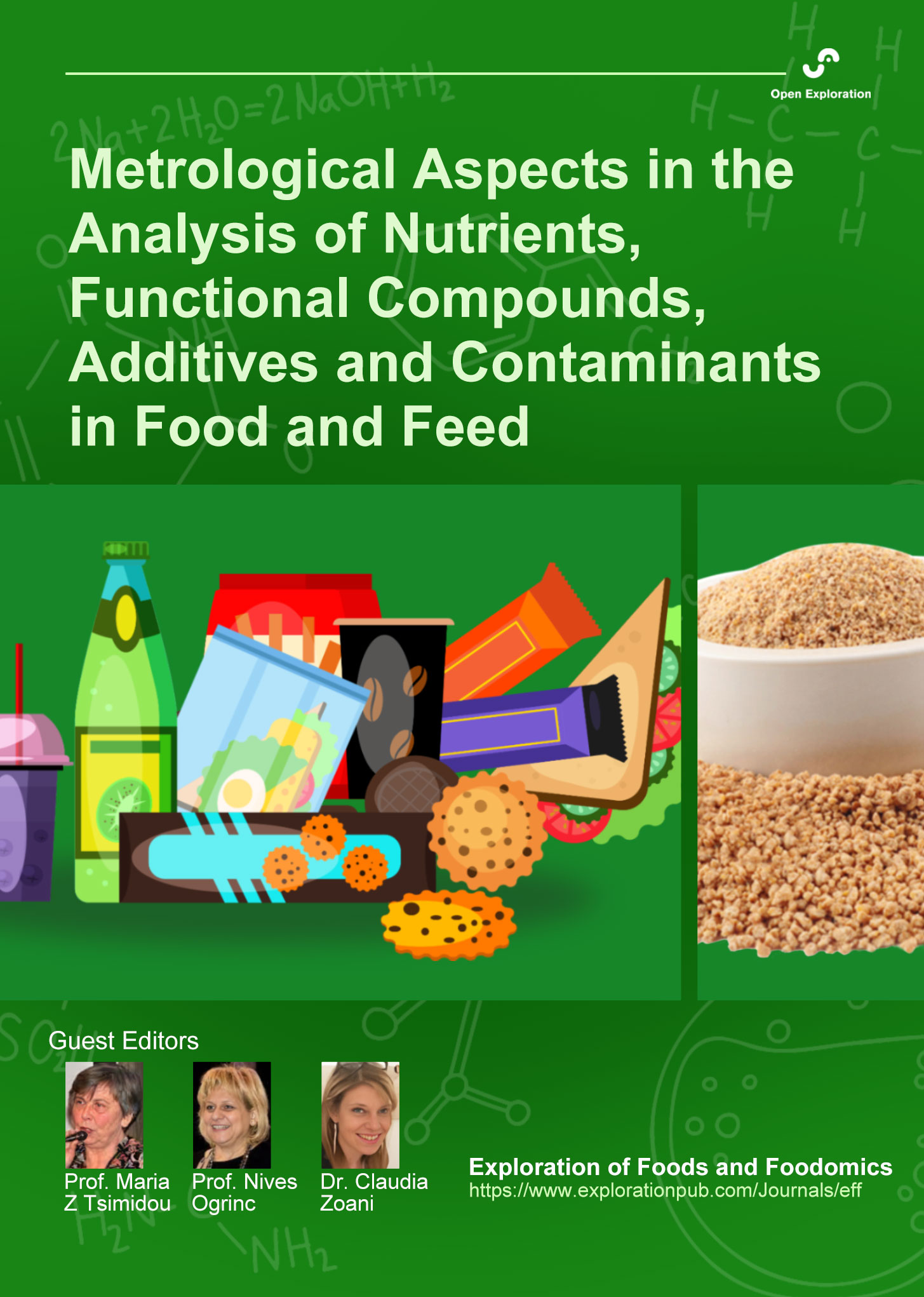
Metrological Aspects in the Analysis of Nutrients, Functional Compounds, Additives and Contaminants in Food and Feed
Guest Editors
Maria Z. Tsimidou E-Mail
Professor Emerita of Food Chemistry, Aristotle University of Thessaloniki, Thessaloniki, Greece
Research Keywords: nutrients; functional compounds; foo(ee)d additives; method validation; metabolomics
Nives Ogrinc E-Mail
Professor of Ecotechnology, Jožef Stefan International Postgraduate School and Jožef Stefan Institute, Ljubljana, Slovenia
Research Keywords: stable isotopes; trace and toxic element analysis and speciation; volatile organic compounds; metrology
Claudia Zoani E-Mail
Coordinator of METROFOOD-RI, Researcher ENEA, C.R. Casaccia, Rome - Italy
Research Keywords: elemental analysis; emerging contaminants; metrology; research infrastructures; reference materials
About the Special lssue
Dear Colleagues,
We accepted with pleasure the invitation made by Prof. Alejandro Cifuentes and Prof. Elena Ibáñez to be the guest editors of a Special Issue for the open access, bimonthly published and multidisciplinary journal Exploration of Foods and Foodomics that aims at publishing papers of the highest quality and significance in all areas of Foodomics.
We know and collaborate with each other for many years within (and beyond) the frame of METROFOOD-RI, the European Research Infrastructure that set as a priority the high – level metrology services in food and nutrition for the enhancement of food quality and safety. Our common code in scientific actions is to support the practical realisation of the “One Health” approach in foo(ee)d analysis in the whole agroecosystem and in the whole food chain. We fully acknowledge the complexity of foo(ee)d systems in terms of their physical, chemical, nutritional, biological composition and properties and, thus, all aspects in foo(ee)d analysis are welcome.
The thematic area proposed is related to the everyday concern of each food and feed analyst as to how confidence in the analytical data produced in accredited and non-accredited laboratories is secured. Metrology represents the essential basis to make data reliable, providing objectivity and impartiality, supporting harmonisation, and ensuring the comparability of measurement results including reference material production and characterization. Its application to foo(ee)d and nutrition represents an engine to promote research and innovation, infrastructures’ operation, technology advancements, cooperation in global trade, economy and strengthening citizen trust. The application of metrological concepts is essential also with reference to digitalisation and digital transformation when measurements are involved.
New methods, new instrumentation, new materials, new software demand a continuous updating of analytical protocols for an easier and trustful data production and communication. Non-targeted and targeted analytical protocols present different characteristics that have to be addressed from the metrological point of view. Automation, device development and application are ongoing challenging areas of analytical practice that has to also adopt metrological aspects. Data transferability and building of data banks point out to metrology as a prerequisite.
Keywords: food and feed analysis; metrological traceability; analytical methods; sensors and portable devices; method validation; reference materials; nutraceutical and functional foods; emerging contaminants; nutrients; functional compounds; additives and contaminants
Published Articles
